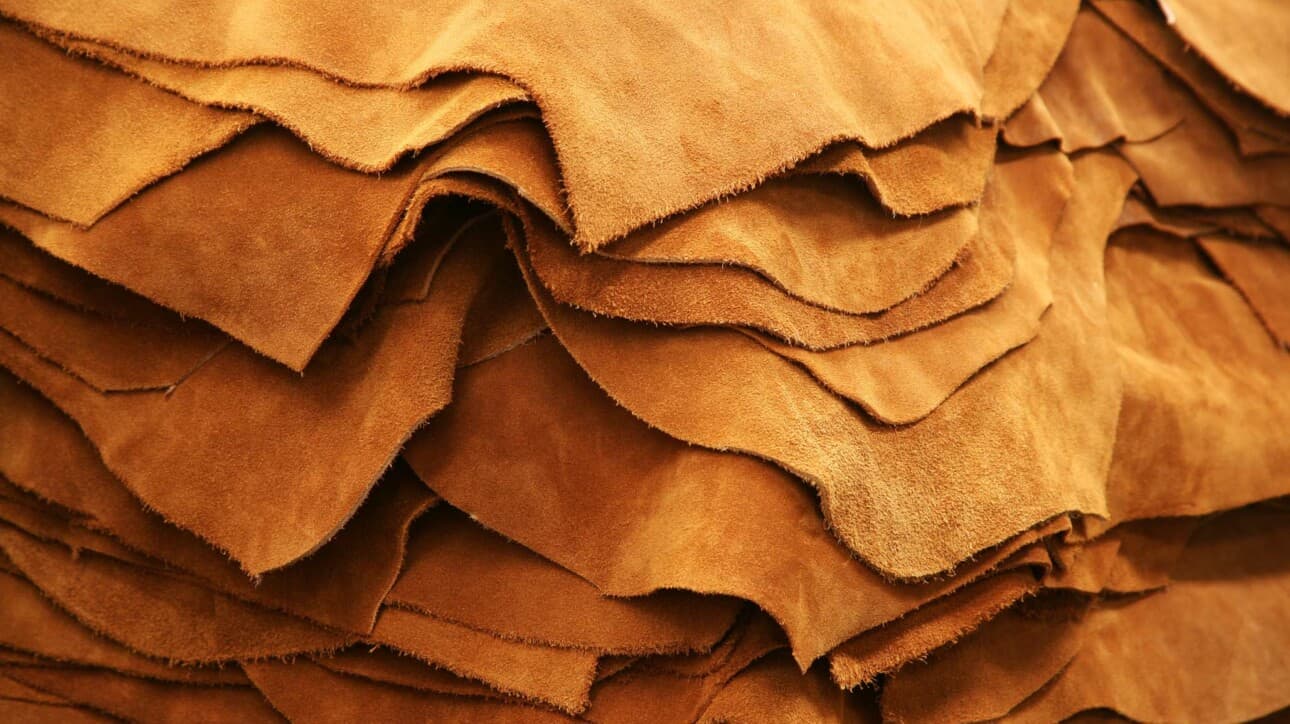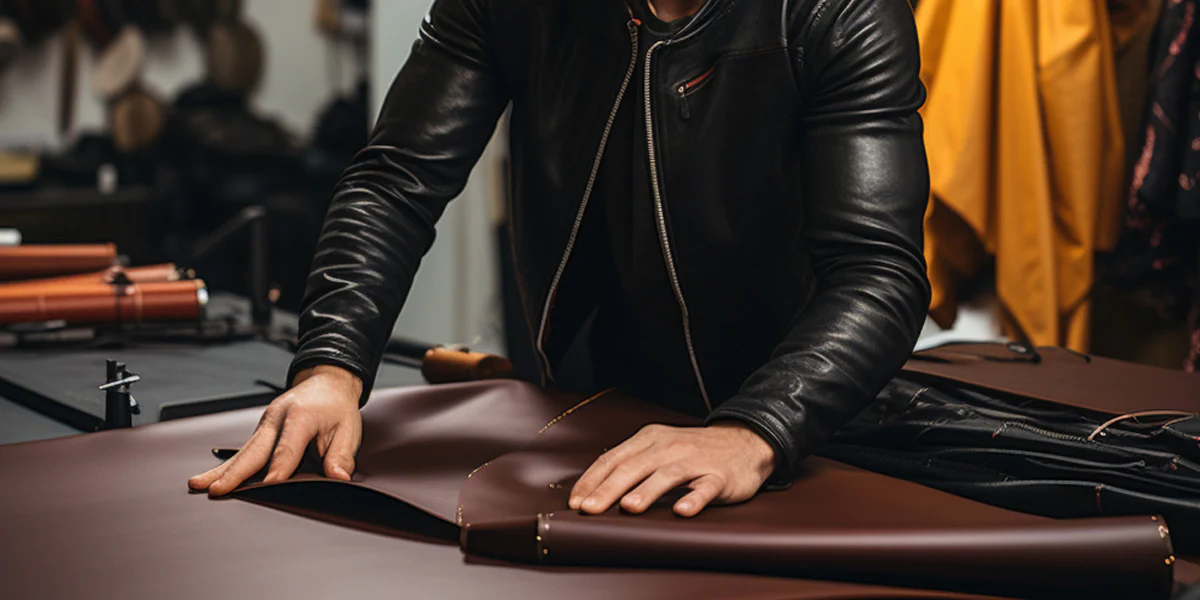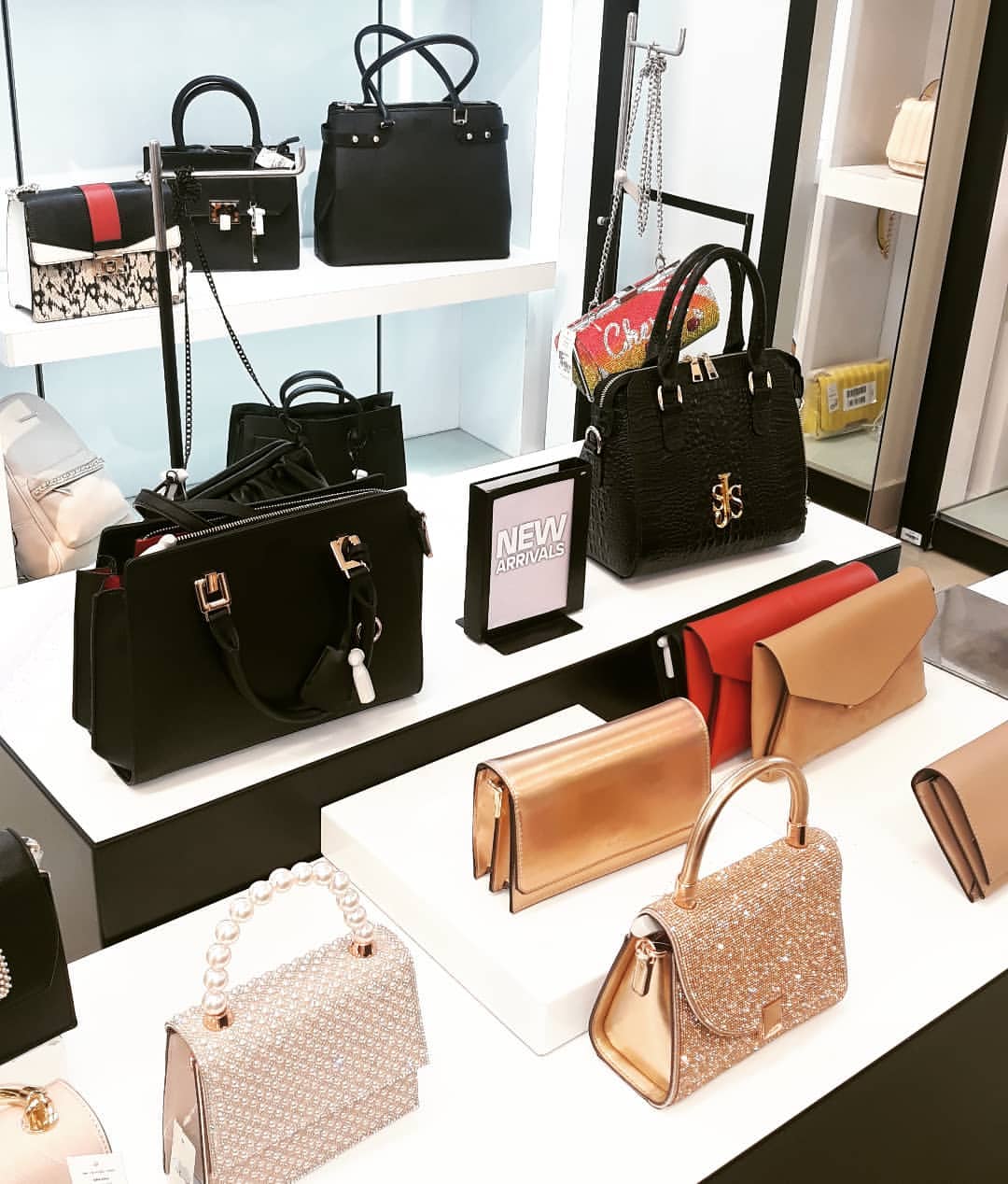Leather has long been cherished for its durability, versatility, and timeless beauty. From the rugged boots of cowboys to the sleek purses of fashion icons, leather has played an instrumental role in our history and culture. But behind every leather product is an art – a meticulous process of turning raw hide into elegant creations. This journey, from raw material to finished product, is a testament to the craftsmanship and dedication of artisans.
Selection of the Hide
The quality of leather goods begins with the selection of the hide. Not all hides are created equal. Factors like the animal’s diet, age, and environment can affect the quality of its skin. Craftspeople choose hides based on thickness, texture, and the absence of imperfections. The best leather products often come from the most carefully selected hides.
Tanning Process
Once selected, the hide undergoes a tanning process to transform it from a perishable skin into durable leather. There are various tanning methods, but they all serve the primary purpose of preserving the leather and enhancing its natural beauty. Vegetable tanning, which uses tannin found in plant matter, imparts a warm and earthy tone to the leather. Chrome tanning, using chemicals, creates a softer and more pliable leather, often seen in garments and luxury goods.
Dyeing and Finishing
After tanning, the leather is dyed to achieve the desired color. This process can involve either drum dyeing, where leather is immersed in dye, or surface dyeing, where dye is applied to the surface. The leather might then be finished with waxes, oils, or other treatments to provide a protective layer, enhance shine, or achieve a particular texture.
Cutting and Assembling
Precision is key in this phase. Each leather piece must be carefully measured and cut to ensure consistency in the final product. Cutting can be done by hand using specialized tools or with automated machines for larger-scale productions. The pieces are then assembled, often sewn together using strong threads to ensure durability.




